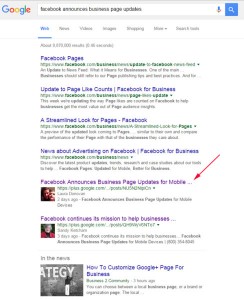The message comes in a variety of neatly packed phrases: “fail fast,” “failure is a gift,” “embrace failure.” What is this hype all about, and why is failure so in right now? Failure is nodded to as a key stepping stone in the path toward success by thought leaders and business professionals alike. As the award winning author J.K Rowling puts it, “it is impossible to live without failing at something, unless you live so cautiously that you might as well have not lived at all – in which case you fail by default.” Highlighting failures is even trending in several well known advertising campaigns. In this article we will dig into what embracing failure really means, how to effectively use it, and when it gets excessive.
The background
Despite its recent popularity, the concept of embracing failure is nothing new. Testimonials by historical failures including Thomas Edison, Henry Ford, and the more recent Donald Trump have been present and circulating for decades. The recent re-emergence of the failure trend could be attributed to several economic adaptions. The addition of evolving technology enables any person with a smartphone to share their personal failures at the touch of a button. In the current economy, taking both small and large business venture is an action of high risk, and high risk has high potential to result in high failures or extreme successes. Regardless of the turnout, failure and success stories both serve as learning examples for future risk-takers. Thus thrusting us into a spin of sharing our stories using them as learning tools, and as motivators to potential risk takers.
Why failure works in marketing
We are only human and we live in a world where we can’t always get things correct directly out of the gates, regardless of how hard we try and how careful we are. Being imperfect specimens, we like to know that we aren’t alone in our failures. In fact, respected individuals who endure failures with grace are perceived by the general public as competent, and are in turn more liked and accepted. Psychologists refer to this concept as the Pratfall effect. In a sense, sharing failures can be humanizing and beneficial to a brand.
Making it work for marketing
If failure generates prestige for brands and people, why aren’t we all confessing our defeats from the rooftops? The answer is this – a good failure campaign has three main characteristics:
- A modest tone
- An example of failure that became a learning experience or step toward success
- A long enough time after the failure that the mishap doesn’t effect the brand’s reputation currently
A prime example of good failure marketing is illustrated in the 2007 commercial that Nike aired on the failures of Michael Jordan.
Domino’s newest “Failure is an Option” commercial also takes an effective and humble stab at the approach when they highlight their failed concept of a cookie pizza in 2007.
Where do we draw the line?
Learning from mistakes and taking risks are no doubt two great concepts that come from the ‘failure is good’ approach. However, the overuse of embracing failure raises threats toward turning the concept into a cliché. There is a fine line between useful failures and labeling every slip up as a learning and growing experience. I’m sure we can all think back to a impulsive decision that we’ve made knowing better that resulted in a poor outcome. For example, taking the risk to drive to work when your gaslight has already been illuminated from the day before and running out of fuel somewhere in the middle of the road. Not all failures are lessons learned; some just come as a result of poor and hasty decision-making. The two types of failure must be distinguished to preserve the value of the lesson.
Business Articles | Business 2 Community
(313)









